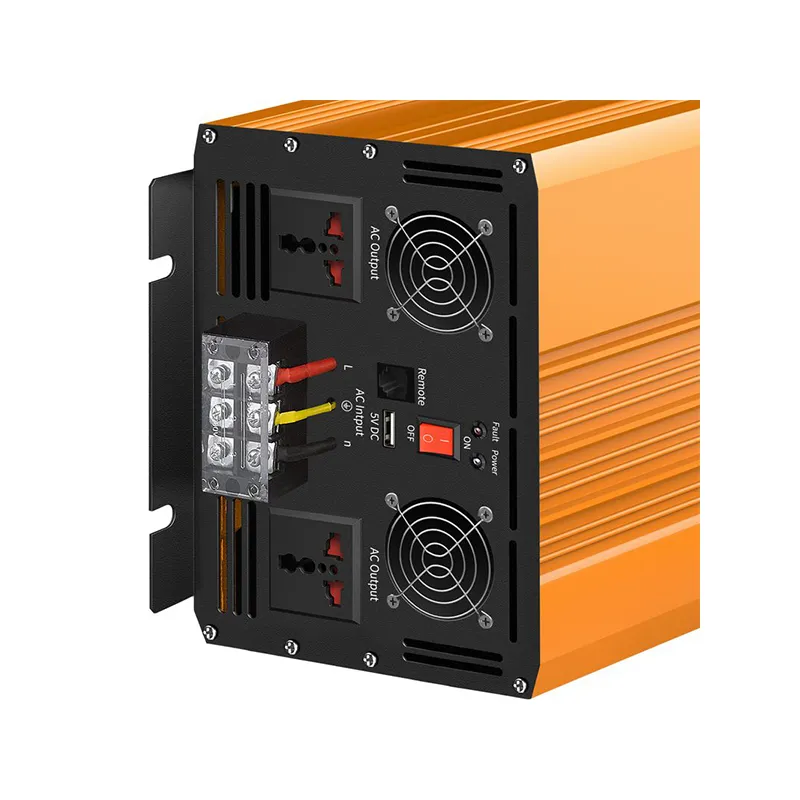average cost per solar panel
Understanding the Average Cost Per Solar Panel
As the world shifts towards renewable energy sources, solar energy has emerged as a frontrunner in the quest for sustainable power. Solar panels convert sunlight into electricity, making them essential in homes and commercial installations. However, prospective adopters often find themselves asking a critical question what is the average cost per solar panel?
The Basics of Solar Panel Pricing
The average cost of solar panels can range significantly based on several factors, including the type of solar panel, the size of the installation, geographical location, and the current incentives available for renewable energy. As of 2023, the average cost for solar panels in the United States typically ranges between $15,000 to $30,000 before any incentives. This price may translate to about $2.50 to $3.50 per watt, with the typical residential system size being around 5 to 10 kilowatts.
Factors Influencing the Cost of Solar Panels
1. Panel Type Solar panels mainly come in two varieties monocrystalline and polycrystalline. Monocrystalline panels are often more efficient and more expensive, generally costing about $1.00 to $1.50 per watt. They tend to perform better in low-light conditions and have a longer lifespan. On the other hand, polycrystalline panels are usually less expensive, ranging from $0.90 to $1.30 per watt.
2. Installation & Labor Costs The cost per panel also includes installation expenses. On average, installation can account for 10-20% of the total solar system cost. Labor expenses vary by region; areas with a higher cost of living typically see higher installation fees. Additionally, the complexity of the installation can impact labor costs—for instance, roof-mounted systems can be more challenging than ground-mounted installations.
3. Geographical Location The location of the installation plays a crucial role. For instance, states with abundant sunshine may require fewer panels to meet energy needs than those with less solar exposure, effectively lowering overall costs. Regional incentives and rebates also vary, further influencing pricing.
average cost per solar panel

4. Incentives and Tax Credits To encourage the use of renewable energy, many governments offer tax credits, rebates, and financing options. In the U.S., the federal solar tax credit allows homeowners to deduct a significant percentage of the installation cost from their taxes. Such incentives can significantly reduce the upfront cost of solar panels.
Long-Term Savings and Viewpoint
Investing in solar energy can lead to substantial long-term savings. Although the initial costs may appear high, solar panels can lead to decreased electricity bills over time. In many cases, homeowners can expect to break even on their investment within 5 to 10 years. Additionally, solar panels often increase property value, making them a worthwhile investment.
It's important to consider financing options that lenders offer for solar installations. Some firms specialize in solar loans that may provide lower interest rates than traditional home improvement loans. Furthermore, many solar installers provide leasing options that allow homeowners to install panels with little to no upfront costs in exchange for a monthly fee.
Conclusion The Future of Solar Panel Costs
As technology advances, the average cost per solar panel is expected to decrease. Innovations in manufacturing processes, increased competition in the solar market, and improved efficiencies in solar technology all contribute to more affordable solar options. As global awareness of climate change grows, and more people seek renewable energy solutions, solar energy's cost-effectiveness will likely continue improving.
Ultimately, understanding the average cost per solar panel allows homeowners and businesses to make informed decisions about going solar. With various financing options, incentives available, and the promise of long-term savings, solar energy presents a viable path towards a sustainable future. As society continues to embrace green energy solutions, the question may shift from What is the average cost? to How soon can I make the switch?
-
Unlocking Energy Freedom with the Off Grid Solar InverterNewsJun.06,2025
-
Unlock More Solar Power with a High-Efficiency Bifacial Solar PanelNewsJun.06,2025
-
Power Your Future with High-Efficiency Monocrystalline Solar PanelsNewsJun.06,2025
-
Next-Gen Solar Power Starts with Micro Solar InvertersNewsJun.06,2025
-
Harnessing Peak Efficiency with the On Grid Solar InverterNewsJun.06,2025
-
Discover Unmatched Efficiency with the Latest String Solar InverterNewsJun.06,2025







